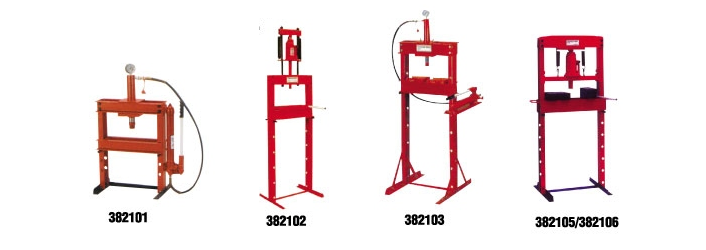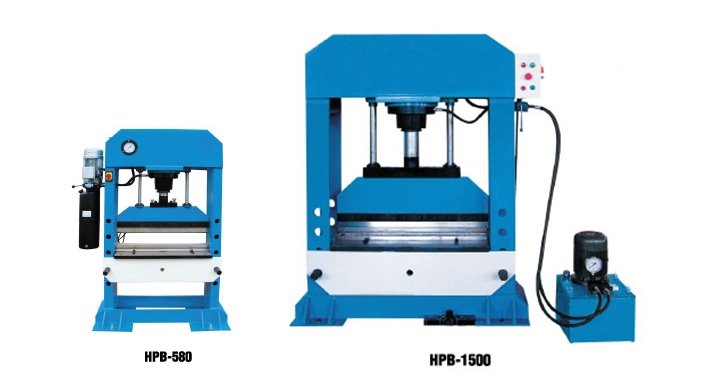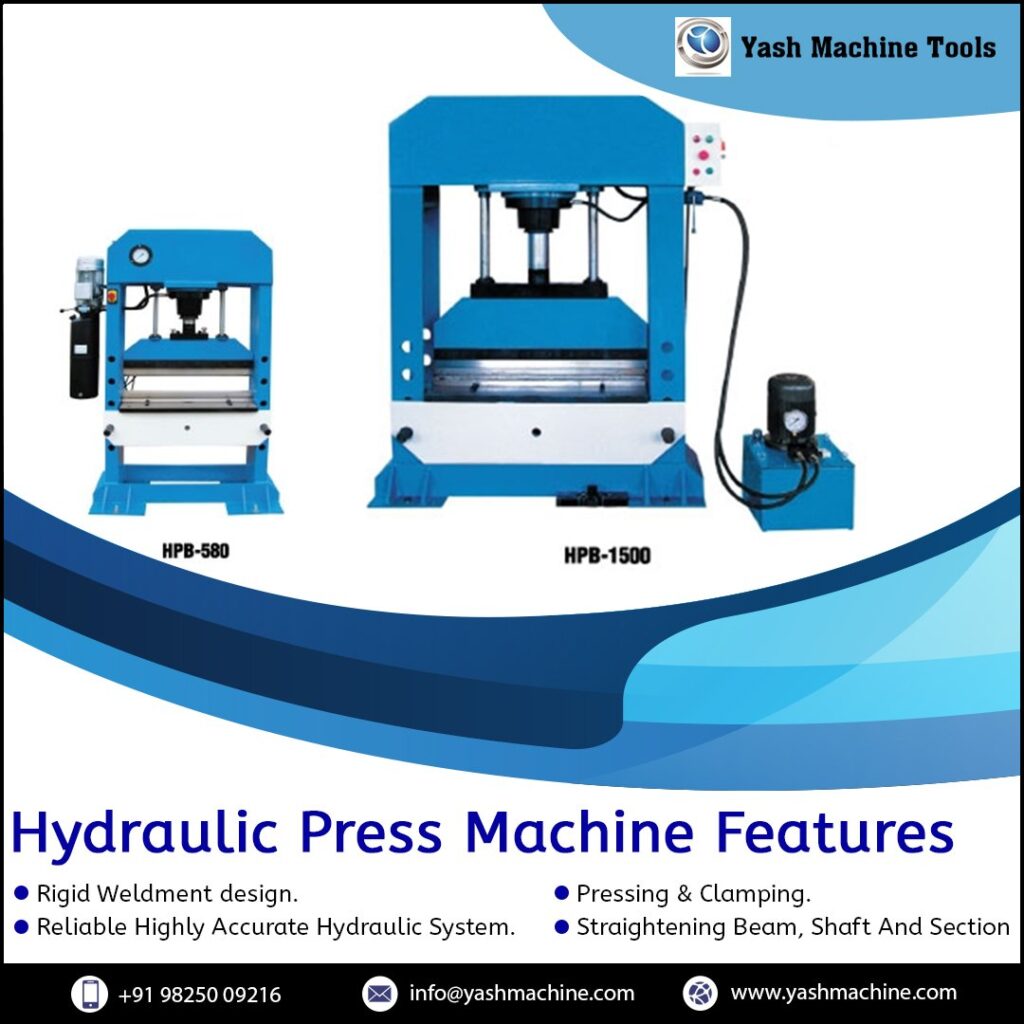The Role of Hydraulic Presses in the Growing Field of Composite Material Manufacturing
In recent years, composite materials have found their way into a number of industries due to the advantages they can offer. They can reduce component cost, part mass and the time it takes to get a design to market. Hydraulic presses play a significant role in the manufacturing of these components. They also are used for testing and repair of these products.
Power and Potential of Hydraulic Presses
A hydraulic press is an excellent tool for creating composite materials, which are the result of combining various types of materials into a stronger product. Composites have become popular as a result of their lighter weight and improved properties.
They can be made from glass, polymers, fibers, metals, or a combination of these materials. These materials can be molded or cast into shapes to create the desired properties in the finished part.
Many composites require a specialized forming process, such as mold pressing or transfer moulding. The process involves loading the materials into a hydraulic press, and causing them to compress and take on the desired shape.
There are several different types of presses available, including single cylinder, two pillar, and four column presses. These machines can apply large amounts of force to any type of work piece. They can also be customized to fit any application by changing the die, pressure, stroke speed, and process position.
Testing Durability and Strength of Hydraulic Presses as Essential Tools in Material Analysis
A hydraulic press is a versatile machine that can be used in many different industries. They are able to perform a wide range of manufacturing processes including powder compacting, part production and fabrication.
For example, a powder compacting press deforms various powders to make them dense and increase their strength. This process is often used to produce specialized and precision components for aerospace applications.
Another application for a hydraulic press is a laboratory press that can test the durability and strength of materials. These presses also create pellets that can be used for sample analysis.
The use of composite materials is a growing field in the world. They are ideal for a variety of applications because they can withstand corrosive chemicals, weather damage and temperature changes.
The testing of these materials is an important part of the development process for composites. It is critical to perform a broad range of mechanical tests, such as tension, compression and shear, on composite laminates to determine their properties and performance under service conditions.
Hydraulic Presses in Metal Forming and Thin Glass Making
Hydraulic presses are a common type of machine that transforms metallic objects into large sheets. They can be used in many industries, including metal forming and thin glass making.
They are also used to create composite materials, which are made of different types of materials bonded together with a chemical bond. These can be used to create materials that are stronger and more durable than metals. The press’s hydraulic pump creates a fixed pressure that pushes against the material, causing it to compress. This process allows the press to create a force that is rated in tons.
A hydraulic press is an essential part of any manufacturing facility, and requires proper maintenance to ensure it operates at its highest level. This includes inspection, cleaning and lubrication.
Economic Advantages of Hydraulic Presses in Composite Material Production
Hydraulic presses are important in the growing field of composite material manufacturing. They allow manufacturers to create materials with the precise properties and strength needed for different applications.
They are also more energy efficient than hydraulic systems. They require 70% less electricity, which can save manufacturers money in the long run. The press uses Pascal’s Law to compress a fluid and create a larger force. The force produced by the plunger exerted on a small chamber is transferred to a master cylinder that presses down on whatever it’s placed underneath.
- How Lathe Machine Manufacturers are Powering the Nation’s Engineering Growth in Canada?
- How Chamfer Machines Are Streamlining Metalwork in the UK’s Manufacturing Sector?
- How Feed Rate Adjustments Improve Surface Finish in Vertical CNC Milling Machines?
- How Radial Drilling Machines Achieve Low Vibration and Distortion Resistance?
- From Design to Execution: How CNC Press Brakes Ensure Seamless Workflow
- How to Optimize Sheet Metal Operations Using a Hydraulic Press Brake?





